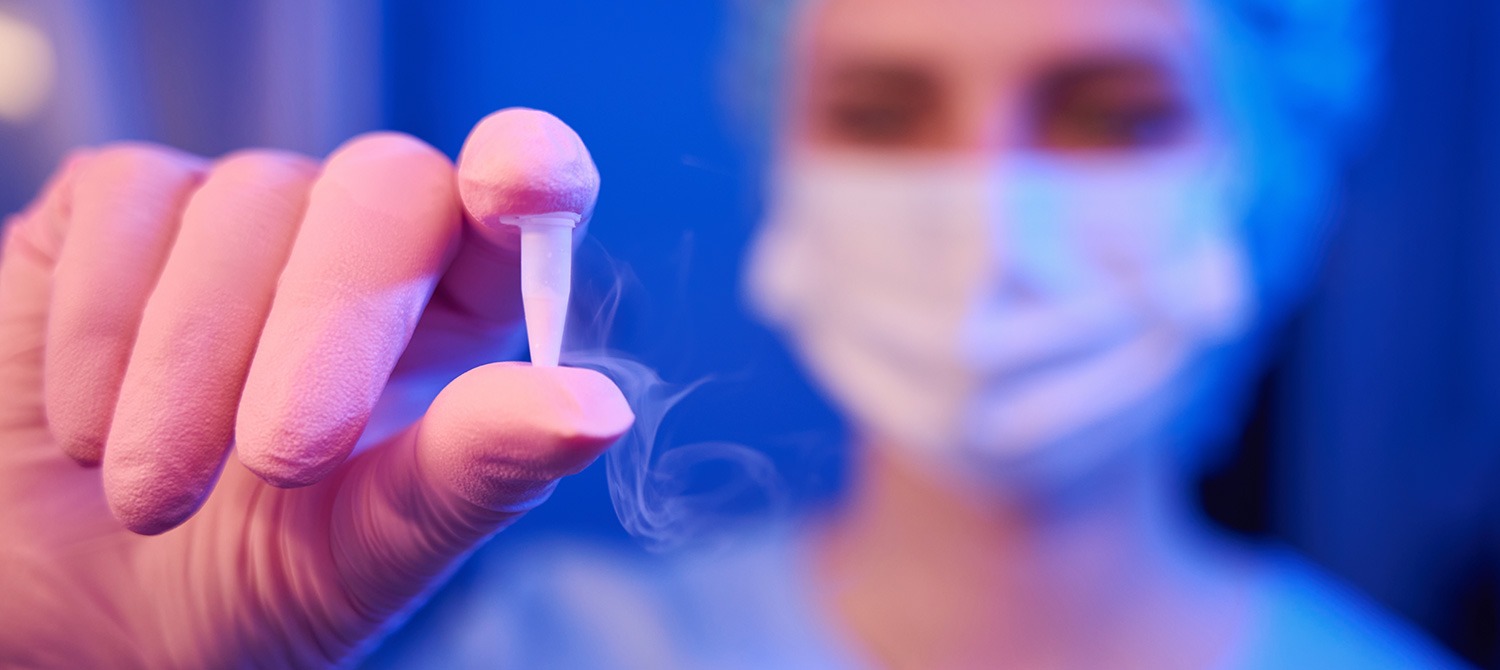SERVICESFOR HER

The basics
Options
Advanced options
Fertility preservation
Oocyte Cryopreservation

Oocyte cryopreservation, or egg freezing in plainer language, is amongst the most popular fertility preservations techniques. It entails the collection and cryo-storage of multiple oocytes, which can be used at a later time. The rationale behind this, is the known decrease of oocyte quality and fertilization potential with age and the simultaneous increase of the risk for chromosomal abnormalities, with both trends accelerating after the age of 35 years. Oocyte cryopreservation allows the almost lossless preservation of high quality oocytes at a younger reproductive age and their use later in life, with improved odds of conception.
Oocyte cryopreservation may be considered in the following cases:
- Young women without a partner who wish to preserve their oocytes for use later in life, when they have found a partner to start a family or they opt to start a family with a donor’s sperm.
- Women in a relationship that wish to pursue motherhood later in life.
- Women who must undergo bilateral oophorectomy due to malignancy and have not completed their family planning.
- Women who must receive chemotherapy, radiotherapy or other medication that may be harmful to the ovaries for a long time.
The process of oocyte cryopreservation is very simple and streamlined. The process begins with the choice of preparation protocol for the growth of ovarian follicles, which contain the oocytes that will be collected. This could be achieved through monitoring and collection during a natural cycle, or with mild ovarian stimulation or with the use of conventional ovarian stimulation. In general, the third option is the most popular in order to collect the maximum number of oocytes with the fewest number of cycles possible, however the method of choice may be affected by additional factors, such as medical indications, number of desired oocytes and your own wishes of course.
The collected oocytes are subsequently evaluated and then cryopreserved in the lab, using the vitrification freezing method. This method is the result of many years of research and testing and has been repeatedly demonstrated to preserve biological material for many years with minimal negative effects on the oocytes themselves. Research has shown that oocyte quality, fertilization rates and pregnancy rates are similar to fresh eggs and naturally even better compared to fresh oocytes of a woman of advanced reproductive age.
Oocyte cryopreservation is most effective when performed at the age of 35 or younger, when oocyte quality is at its best, however no specific limits have been set. In general, oocyte cryopreservation is more effective the younger the woman is.
EmbryoClinic is by your side
on every step of your journey
towards parenthood!